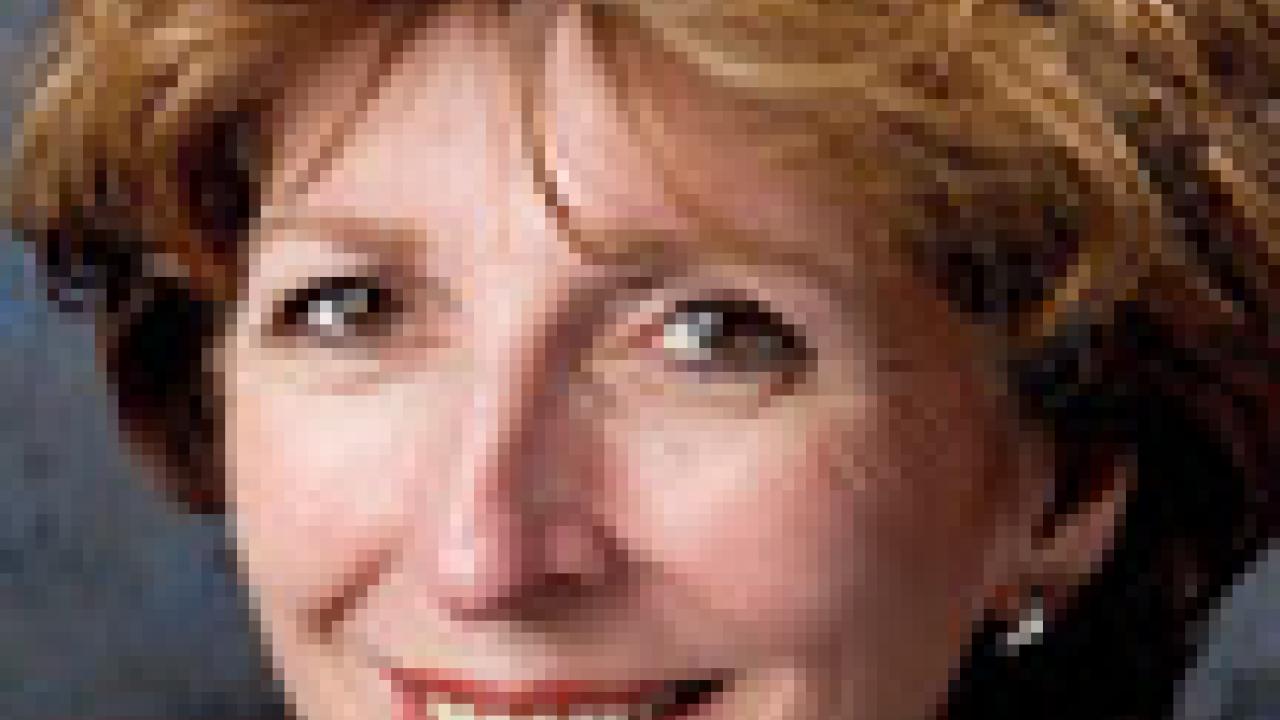A couple of years before Linda Katehi joined UC Davis as chancellor, the university began to rework elements of its 2003 strategic plan. Since her arrival last year, that reworking has turned into a bold new document: “A Vision of Excellence.”
The review process began last December, when project leader Janet Gong, senior associate vice chancellor, sent the first draft to the academic and administrative leadership and other campus constituencies, including staff. This led to Draft 2, which came out this week for review.
Katehi emphasized that the document is still in draft form. “To refine its focus and secure its ultimate success, feedback from all corners of our community is critical,” she said in her introductory message.
“With your engagement, we can ensure that the strategic directions that we will ultimately pursue reflect the wisdom of our community and the benefits of our collective thinking.”
UC Davis is already regarded for its extraordinary foundation of academic excellence and international reach, Katehi said. And, since she became chancellor seven months ago, UC Davis has “clearly demonstrated to me” that it possesses an extraordinary capacity to excel.
“But to fulfill our capacity as a transformative university, it has also been clear that we need a renewed course of action, a new vision to guide our future,” she said.
“A Vision of Excellence” grew out of then-Chancellor Larry Vanderhoef’s 2008 assignment to Gong to make the university’s then-5-year-old strategic plan more compelling and, in particular, show how the university was reaching its goals.
To do that, Gong and colleagues around campus gathered a set of metrics on everything from instructional programs and student experiences, to research grants and the university’s role in economic development.
Around the same time, Interim Provost and Executive Vice Chancellor Barbara Horwitz asked all of the deans to develop academic plans. Enrique Lavernia, who succeeded Horwitz, then decided to use those academic plans as the basis for a “vision,” one that built on the strategic plan and identified “cross-cutting themes,” or commonalities across campus.
Gong explained: “We wanted to identify the major influences, the drivers, the emphases, the difficult challenges and the opportunities that we thought were important for the university’s future.”
As the vision took shape, Vanderhoef announced that he was stepping down. “So we kept the vision fairly general, so as not to take away the new chancellor’s prerogatives,” Gong said.
And, indeed, Katehi added her own vision to the vision, asking the Council of Deans and Vice Chancellors: “What do we want to be known for in the long haul?”
Out of that grew five goals, each one listed here, accompanied by one or two of the many ways in which the university can advance that goal:
• A vibrant community of learning and scholarship — Support excellence in teaching by bringing innovative faculty into the classroom; support and promote a prestigious internationally ranked library.
• A center of innovation at the frontiers of knowledge — Expand our leadership in breakthrough scholarship and research; support excellence in basic research and translational science as they apply to solving the most critical social problems, including health, poverty, energy, transportation and climate change.
• A global resource — Extend our recognition as a leading international university by increasing the number of international faculty, scholars and students on campus, and the number of UC Davis students and faculty who pursue academic experiences abroad.
• An engine of economic vitality and a sustainable future — Partner in opportunities to create innovative university-business ventures, community-based programs, research parks, cultural resources, and next-generation virtual enterprises to promote California’s economic growth and agricultural vitality.
• A champion for healthy and equitable communities — Draw upon our diverse academic enterprise and the Sacramento campus to develop community-based models and resources that advance medical discoveries and health care delivery and wellness programs for people, animals, and food safety, educational equity and community development.
And out of the first round of review came a sixth goal:
• A culture of organizational excellence, effectiveness and stewardship — Recognize and support the integral roles that staff members play in advancing the academic and institutional enterprise; create an effective, innovative and transparent administrative organization, in which streamlined business practices eliminate redundant and unnecessary processes.
“I think we have genuinely listened and tried to improve the document based on the many substantive ideas that we received,” Gong said.
Each goal includes a number of strategies that the university and academic and administrative units can use, as well as metrics to measure success in achieving the goal. Taken together, according to Gong, the goals, strategies and metrics provide a framework to use in advancing our individual and collective excellence.
In introducing “A Vision of Excellence,” Katehi acknowledges the challenge of balancing the difficult economic circumstances of the present and the extraordinary opportunities of the future.
“But I believe that as we try to solve the problems of today, we should not compromise our dreams for tomorrow — our dreams as a world-class university, our dreams for our students, who deserve nothing less than access to excellence, and our dreams for the people of California, whose well-being is so intricately woven with our own.”
E-mail your comments by May 14: visiondraft@ ucdavis.edu
Media Resources
Clifton B. Parker, Dateline, (530) 752-1932, cparker@ucdavis.edu
